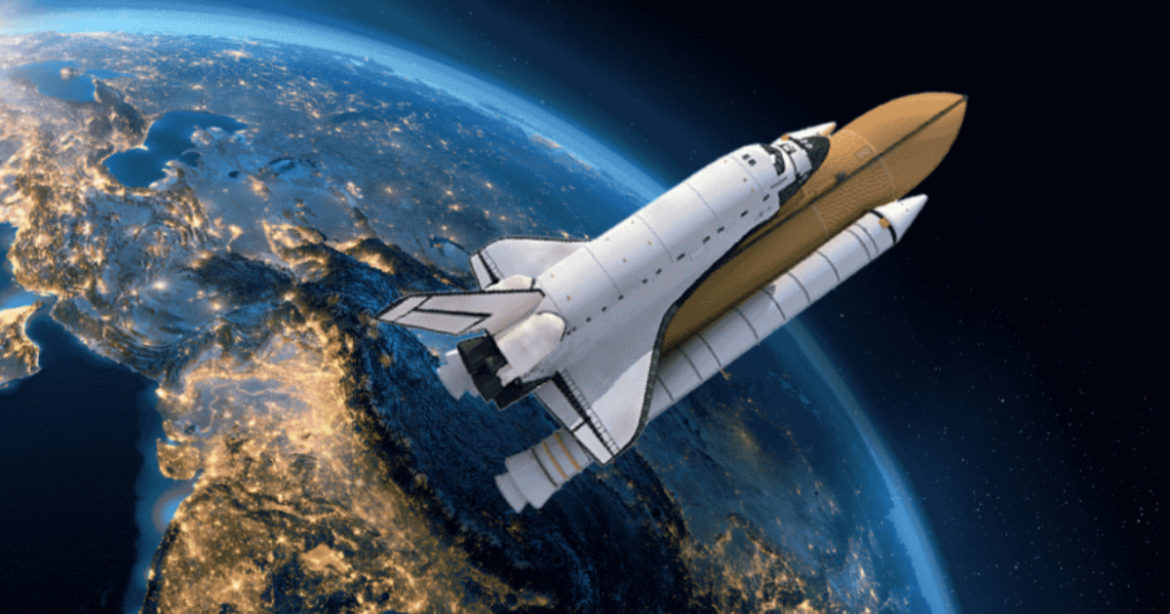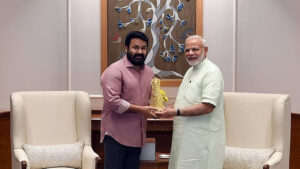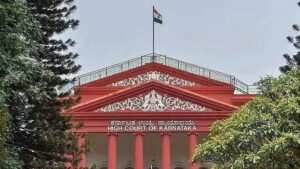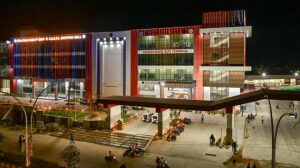India’s upcoming lunar mission, Chandrayaan-3, is set to embark on an exciting journey to the Moon. However, keen observers have noticed that the estimated travel time for Chandrayaan-3 is over 40 days, significantly longer than the mere four days it took NASA’s Apollo 11 mission to reach our celestial neighbor. In this article, we delve into the scientific reasons behind the extended duration of Chandrayaan-3’s lunar journey.
Chandrayaan-3, the third installment of India’s prestigious lunar exploration program, aims to build upon the successes of its predecessors. This ambitious mission involves a complex series of maneuvers and trajectory planning to ensure a safe and efficient journey to the Moon.
One of the primary factors contributing to the longer travel time of Chandrayaan-3 is the mission’s reliance on a gravity-assist maneuver. During this maneuver, the spacecraft utilizes the gravitational pull of the Earth and the Moon to gain momentum and adjust its trajectory. By carefully leveraging these gravitational forces, Chandrayaan-3 can conserve fuel and reduce the overall travel time.
Unlike the Apollo missions, which employed a direct trajectory to the Moon, Chandrayaan-3’s journey involves multiple Earth orbits before it reaches the Moon. This approach allows the spacecraft to perform a series of engine burns at specific points in its trajectory, gradually increasing its velocity and aligning its path with the Moon’s orbit.
Another critical consideration is the difference in propulsion technology between the two missions. NASA’s Apollo missions utilized powerful Saturn V rockets, which provided a significant thrust to propel the spacecraft towards the Moon. In contrast, Chandrayaan-3 employs a combination of liquid and solid rocket motors, which generate comparatively lower thrust. As a result, the spacecraft’s speed is relatively slower, contributing to the extended travel time.
Additionally, Chandrayaan-3’s mission objectives and payload play a role in the extended duration. The spacecraft carries sophisticated scientific instruments and equipment designed to study the Moon’s surface, composition, and geological features. These instruments require the spacecraft to approach the Moon gradually and perform precise maneuvers to achieve the desired orbit, ensuring optimal data collection and analysis.
It is important to note that the travel time of a lunar mission is not solely determined by the capabilities of the spacecraft, but also by mission objectives, available resources, and scientific requirements. Each mission is carefully planned to maximize scientific discoveries while considering operational constraints and available technologies.
As India prepares for Chandrayaan-3’s launch, the Indian Space Research Organisation (ISRO) and its team of scientists and engineers continue to fine-tune the mission’s trajectory, onboard systems, and operational procedures. The extended duration of Chandrayaan-3’s journey to the Moon is a testament to the meticulous planning and dedication involved in executing a complex lunar mission.
With Chandrayaan-3, India aims to further expand its scientific knowledge of the Moon, contribute to global lunar research, and inspire the next generation of scientists and space enthusiasts. As the mission unfolds, the world eagerly awaits the valuable insights and discoveries that will emerge from this remarkable Indian lunar endeavor.









